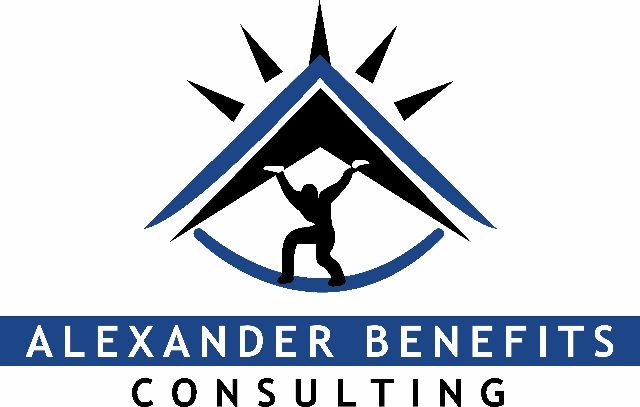Feb 8 2016 | Meredith L. Wieland, SPHR, SPHR-CA
Several states and municipalities have implemented mandatory paid sick leave (PSL) laws in the last few years. The federal government has also jumped into the act via an executive order by President Obama that applies to federal contractors, effective 2017. The city of Spokane, WA passed a local ordinance in January 2016 to bring the number of municipalities with PSL to 24. This is in addition to the four states and the aforementioned federal contractors. According to Family Values @ Work, a national network of state and local coalitions that advocates for family friendly workplace policies, this will bring the total estimated number of covered workers to over ten million employees in 2016.
The following states and municipalities have enacted PSL legislation:
California Connecticut
Massachusetts Oregon
Washington DC Federal Contractors (2017)
Montgomery County, MD New York City
Eugene, OR Portland, OR
Paterson, NJ Montclair, NJ
Trenton, NJ Newark, NJ
East Orange, NJ Irvington, NJ
Passaic, NJ Bloomfield, NJ
Jersey City, NJ New Brunswick, NJ
Elizabeth, NJ San Francisco, CA
Oakland, CA Emeryville, CA
Spokane, WA Seattle, WA
Tacoma, WA Philadelphia, PA
Pittsburgh, PA
Most employers provide PSL for salaried workers but not for lower paid, hourly workers. However, there has been some change in this employer group: Chipotle began providing PSL as of July 1, 2015. Firms such as Facebook and Microsoft not only provide PSL but also require their contractors to provide it to their employees.
How does it work? Commonly, laws have versions of a formula where the employee accrues a number of PSL hours for a determined number of hours worked. For example, the California legislation outlines an accrual of one hour for each 30 hours worked.
Some features that vary by state or by municipality include:
* Employee base criteria. Some laws have no minimum while others exempt employers with fewer employees
* The waiting period, if any, before the employee begins accruing PSL (day one vs. 90 days of employment)
* The minimum amount of time that may be taken (two hours, four hours, etc.)
* The purposes for which PSL may be utilized (only one’s own illness, doctor’s appointments, are of a dependent, crime victim proceedings)
* Total number of PSL hours that may accrue annually
* The total number of unused but accrued PSL hours that can be rolled over to the next year
